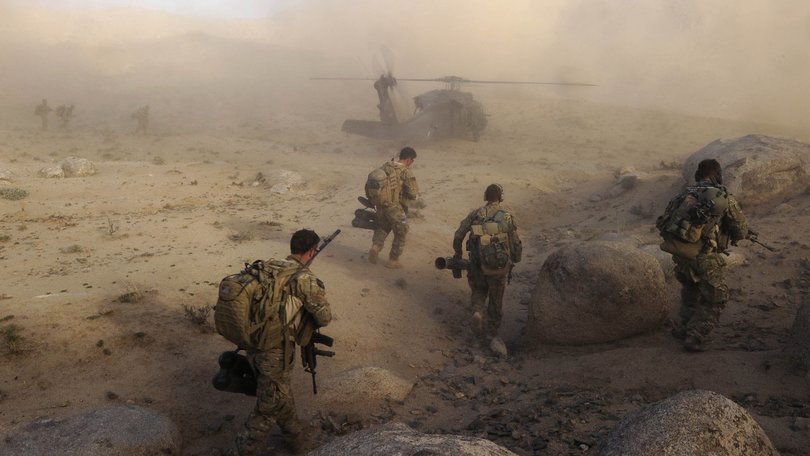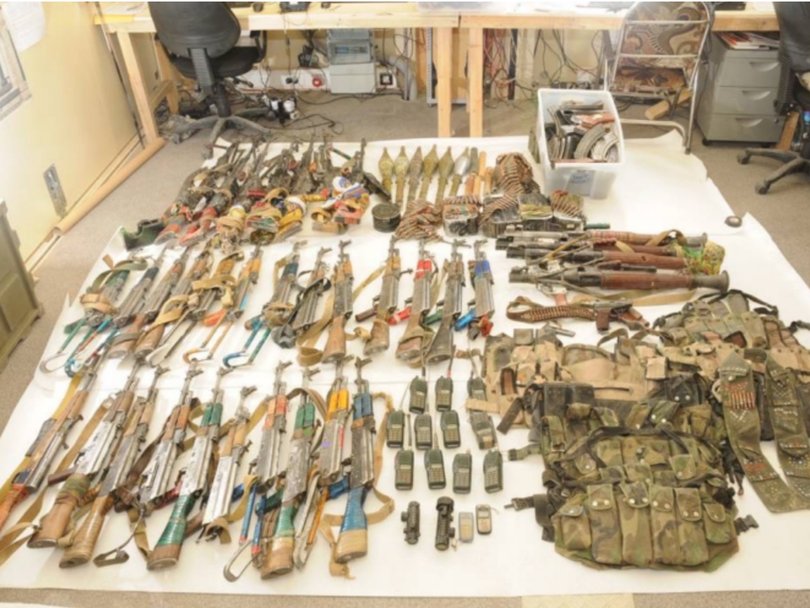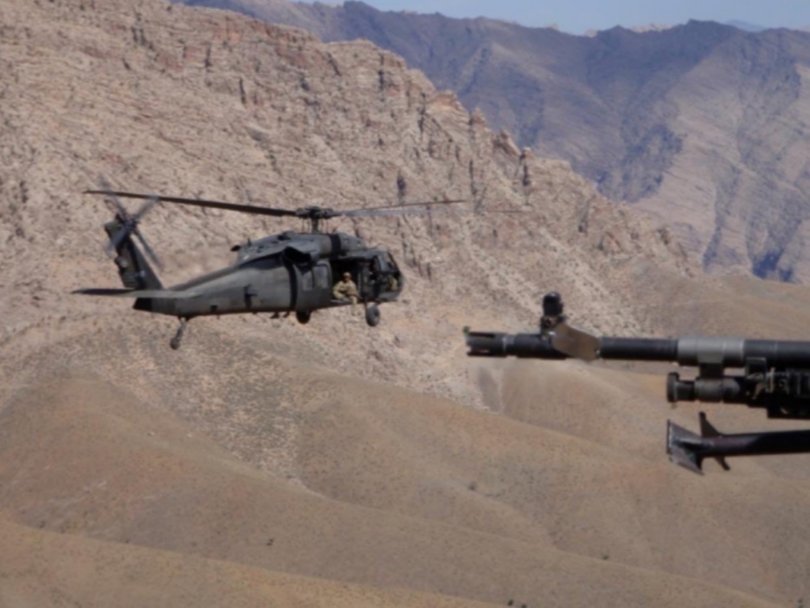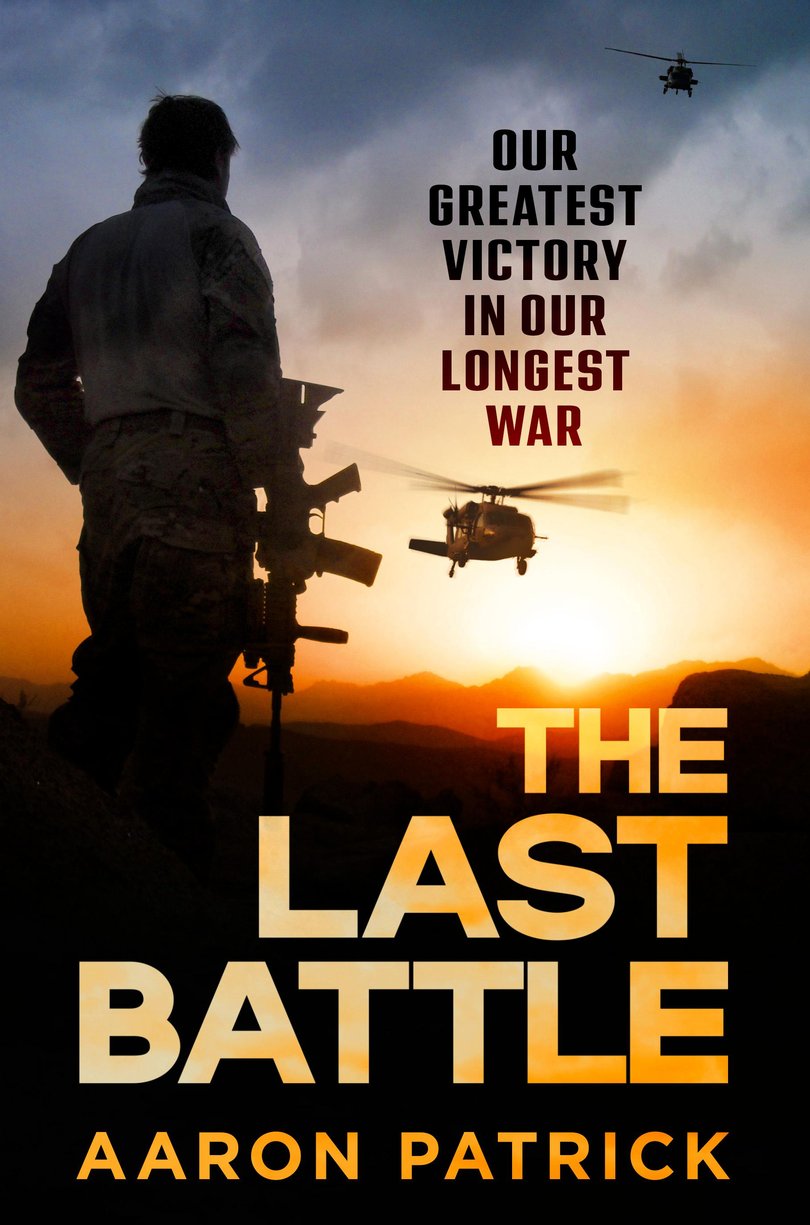AARON PATRICK: The Tizak mission, SAS’ greatest victory, came after its biggest intelligence mistake

Was the SAS’ greatest victory a mistake?
In 2010, some 35 members of the famed regiment’s 2nd Squadron boarded four American Black Hawks for what they assumed would be a quick capture-or-kill mission in the tiny Afghan village of Tizak.
Around 9am, as the helicopters lifted off from Tarin Kowt’s military airbase, the sky was cloudless and the temperature heading towards 50C. The men didn’t bother putting on camouflage paint, figuring they would be on the ground less than an hour.
Sign up to The Nightly's newsletters.
Get the first look at the digital newspaper, curated daily stories and breaking headlines delivered to your inbox.
By continuing you agree to our Terms and Privacy Policy.A tall corporal named Ben Roberts-Smith assigned to sit in his helicopter’s open door, legs outside, removed his body armour because it chaffed against his neck.
Intelligence said three-to-five guards would be protecting a Taliban leader they had dubbed Objective Tortair. The true number was more than 80.
The sergeant with tactical control of the mission would later say he would not have risked an entire SAS troop if he knew they would be outnumbered almost three to one.
Fifteen years after that day I reveal in a book, The Last Battle, how close the SAS unit came to disaster in a fight the army promoted as the war’s greatest battlefield victory, acknowledged with the first battle honours since Vietnam. The gross underestimation looks like the biggest intelligence failure in the regiment’s history.
The regiment hasn’t disputed the assertion. Paul Burns, the SAS lieutenant colonel in charge of the operation, suggested the wrong information about the size of the enemy in Tizak, a Taliban stronghold in southern Afghanistan, was unsurprising.
“I’ve fought in three wars now and I can tell you that all intelligence is wrong,” he told Seven News last week.
Trapped
There are two reasons the army should not be sanguine about its intelligence failure.
Most importantly, it risked the lives of some of Australia’s best soldiers.
Within an hour of landing in Tizak, E troop was trapped. Attacked relentlessly by an enemy it could not see, which defied attacks by the world’s most advanced attack helicopter, a small group of the Australians engaged in a frontal assault on a well-defended machine-gun position not because it was there, but because they had little choice.
It was literally a fight to the death. ‘They knew that either we were going to die or they were going to die,” Mr Roberts-Smith said afterwards. “And they were there to fight, because they didn’t surrender.”
For leading the charge, Mr Roberts-Smith was recognised with the Victoria Cross. If one Taliban fighter had acted a second faster, the corporal’s medal might have been awarded posthumously.

Delta Force
Tizak is located in Shah Wali Kot, a district known for its aggressive insurgency in 2010 that even the best American special forces units were wary of operating there.
The US Army’s Delta Force, which had talked about a joint mission with the SAS’ 2nd Squadron, baulked at attacking in daylight out of fear of losing a helicopter.
The concern proved to be well founded. Three of E Troop’s Black Hawks were hit as they landed. One suffered a damaged rotor blade. A bullet penetrated the cockpit of another.
“Instead of being like one or two bad guys in there,” said Mr Roberts-Smith’s sergeant, “it was more like the Taliban AGM.”
The Australians could have anticipated there might be a sizeable enemy force in Tizak. That’s because they were almost certainly driven there by the Commandos, the SAS’ fierce rivals.
The day before, the Second Commando Regiment’s Alpha Company had fought most of the day against a determined and well-organised force in Chenartu, a village in an adjacent valley about 5km away.
In the afternoon, the commandos watched the enemy leave through binoculars. They were so unafraid some rested guns on their shoulders like umbrellas.
Some of the Australians wanted to call in western aircraft to kill them. The military hierarchy decided to let them go, according to commando leader Michael Lowe, because “the threat to the civilian population and infrastructure was too great”.
Despite the range of aircraft available to western forces in Afghanistan, no one followed as they walked away.
The insurgents likely ended up in Tizak, where several Taliban leaders were meeting, the Australians later presumed, to discuss how to respond to the presence of a commando company in what they had previously assumed was a Taliban safe zone.

Courage, resilience, skill
The next morning, around 7am, the SAS decided to fly to Tizak, where Objective Tortair’s phone had been located. Although the lead time was short, a drone could have been assigned to watch the village.
Two minutes before landing with his SAS teams on board, the lead American pilot received a code word, “ice”, which meant the landing site was clear of the enemy.
That turned out to be untrue. The fight that followed was not one the SAS was designed for. As Mr Roberts-Smith and his lightly armed teammates advanced through a fig orchard towards a machine-gun position they could not see, they were not much different to the Anzacs in World War I who leapt out of trenches towards German maxim machine guns.
E Troop succeeded not because of superior firepower, but courage, resilience and skill.
To this day, some commandos believe the SAS’ leaders were foolish to risk their soldiers.
They see the decision as an example of the lack of control over the regiment by its officers, and the dominance of sergeants and corporals. The consequences would become clear later, they say, when the regiment was beset by scandal and riven by internal disputes.
In a brutal war, SAS officers say they are proud the regiment took risks none others would.
If the SAS only attacked when it was safe, what would be the point of its existence? After all, who dares wins.
Aaron Patrick’s latest book, The Last Battle, is published on Tuesday by Macmillan Australia.


